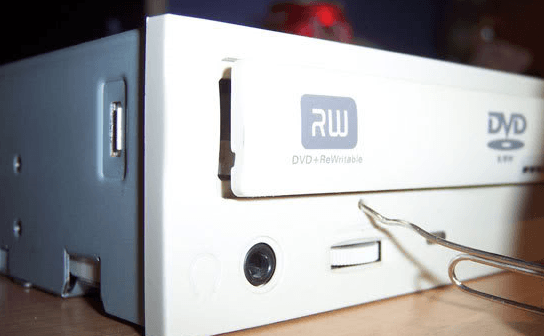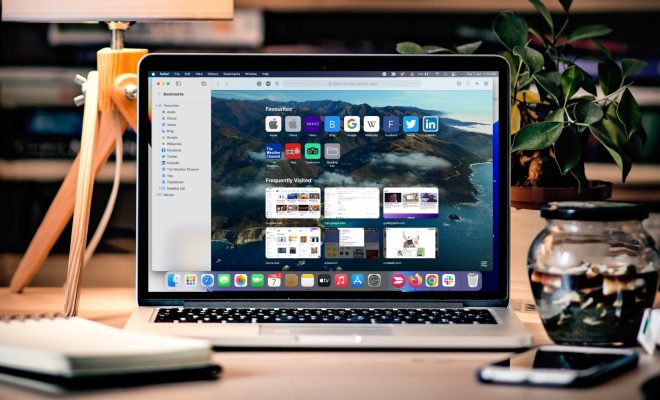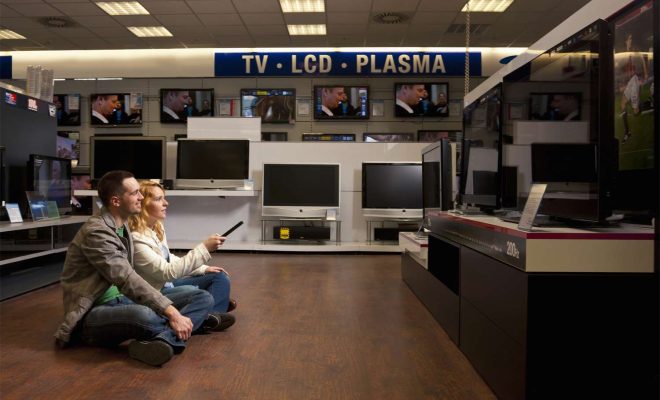How to Resolve Limited or No Connectivity Errors in Windows

As a Windows user, you may come across an error message that says “Limited or No Connectivity”. This error message indicates that your Windows computer is unable to connect to the internet or your local network due to some issues. This error can occur due to various reasons such as corrupt network drivers, network adapter issues, incorrect IP configuration settings, and many more.
In this article, we will discuss some simple steps to resolve limited or no connectivity errors in Windows.
Step 1: Restart Your Computer and Network Devices
The first step to resolving limited or no connectivity errors on your Windows computer is to restart your computer and network devices. This can include your modem, router, and any other devices that are connected to the network. Once your devices are fully restarted, try to reconnect to your network and see if the error message persists.
Step 2: Check Your Network Cables
If you are still seeing the limited or no connectivity message, the next step is to check your network cables. Make sure that all cables are securely plugged in and not damaged. You can also consider replacing your cables to see if that resolves the issue.
Step 3: Troubleshoot Your Network Adapter
If your network cable is not the issue, check your network adapter in Windows. To do this, go to your Control Panel, select Network and Sharing Center, and then click on Change Adapter Settings. Locate your network connection and right-click. Select Diagnose and follow the on-screen prompts.
Step 4: Reset Your TCP/IP Stack
If the issue is still not resolved, try to reset your TCP/IP stack. To do this, open the Command Prompt as an administrator and type the following command:
netsh winsock reset
Press Enter and then restart your computer.
Step 5: Release and Renew Your IP Address
If the above steps did not work, try to release and renew your IP address. To do this, open the Command Prompt as an administrator and type the following commands:
ipconfig /release
ipconfig /renew
Press Enter and then restart your computer.
Step 6: Disable IPv6
If you are still seeing the limited or no connectivity message, try disabling IPv6. To do this, go to your Control Panel, select Network and Sharing Center, and then click on Change Adapter Settings. Right-click your current network connection, select Properties, and then uncheck Internet Protocol Version 6
(IPv6).
In conclusion, limited or no connectivity errors in Windows can be a frustrating issue to deal with, but there are simple steps you can take to resolve them. By following the above steps, you can easily identify and fix the issue, and get back to browsing the internet.






